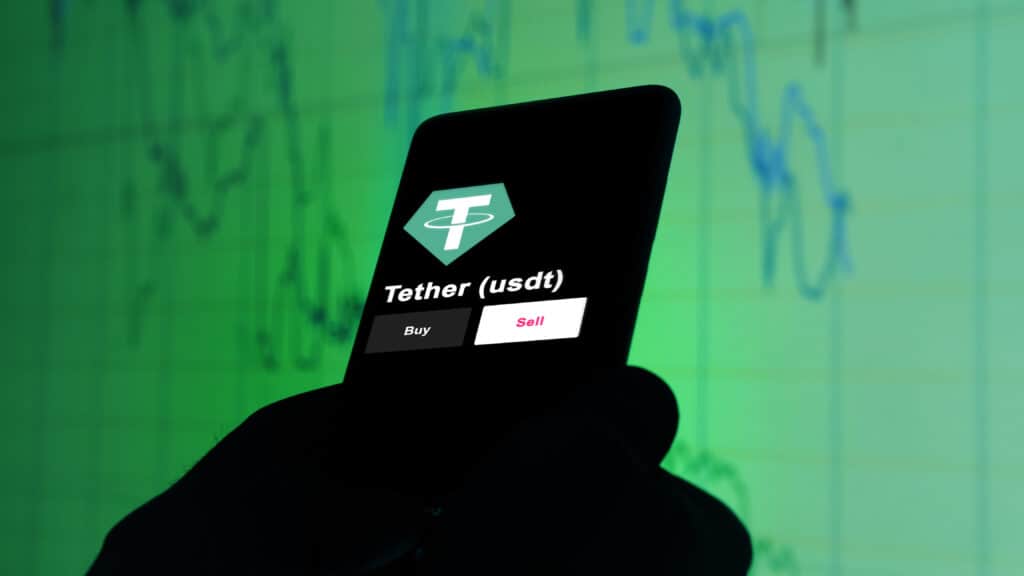Key Takeaways:
- OKX has ceased offering trading pairs involving Tether’s USDT for its European Union (EU) and European Economic Area (EEA) users, adhering to upcoming EU regulations that require stablecoin issuers to be licensed electronic money institutions.
- The decision limits OKX’s stablecoin offerings in the EU and EEA to USDC and the euro, aiming to enhance euro-denominated liquidity and establish the platform as a leading option for euro to crypto spot trading in the region.
- This move may foreshadow regulatory challenges for Tether in Europe, particularly with the implementation of the MiCA regulation, which demands stablecoin issuers to be authorized as electronic money institutions.
The recent decision by the cryptocurrency exchange OKX to stop offering trading pairs involving Tether’s USDT stablecoin to its European Union (EU) and European Economic Area (EEA) clientele might signal upcoming regulatory challenges for the dominant stablecoin, known for its significant market cap and trading activity.
This move aligns with imminent EU regulations necessitating stablecoin issuers to operate as licensed electronic money institutions.
On March 19, 2024, OKX confirmed the cessation of USDT trading pairs for users within the EU and EEA. Following this adjustment, the exchange now solely provides trading pairs with USDC and the euro, limiting USDT transactions to USDC and euro pairs, an update verified through an EU-based account on OKX.
Breaking: @Tether_to $USDT pairs have been removed by @okx in the EU 👀
Only $EUR and $USDC @circle pairs now allowed. Huge news. pic.twitter.com/E1HNHRaLkB
— MartyParty (@martypartymusic) March 18, 2024
The alteration came to light when a trader shared a customer support message on social media, indicating the change was made to adhere to regulatory demands and enhance platform security.
Despite this, an OKX representative clarified that the decision primarily aims to bolster euro-denominated liquidity within the region. “This year, our focus is on enhancing EURO pair liquidity and establishing ourselves as the top choice for EURO to crypto spot trading,” the exchange’s statement read.
It further noted that the delisting of USDT pairs affects only a minor portion of their user base, emphasizing recent efforts to introduce various Euro fiat entry points and trading pairs in the EEA.
While USDT is still accessible for EEA users for deposit, withdrawal, and over-the-counter (OTC) trading activities, Tether has yet to respond to the developments.

Tether’s USDT, with a market valuation of $100 billion, stands as the premier stablecoin in terms of trading volume, serving as a critical component for cryptocurrency trading on centralized exchanges. It’s especially prominent as the most traded pair with Bitcoin (BTC) and other cryptocurrencies.
This strategic move by OKX could indicate potential regulatory obstacles for Tether in Europe, especially with the EU’s comprehensive digital asset regulation framework, MiCA, expected to be implemented later in the year.

The forthcoming MiCA regulation will mandate stablecoin issuers to acquire authorization as electronic money institutions, a requirement highlighted by Jón Egilsson, co-founder and chairman of Monerium.
According to Egilsson, many stablecoins currently available in Europe may face legal issues for not being duly authorized and regulated as electronic money transmitters.
In response to these regulatory advancements, Circle, the entity behind USDC, the second-largest stablecoin, and the euro-pegged EURC, has achieved conditional registration for digital asset services in France and has applied for an electronic money institution license within the EU.
About The Author
This news is republished from another source. You can check the original article here


